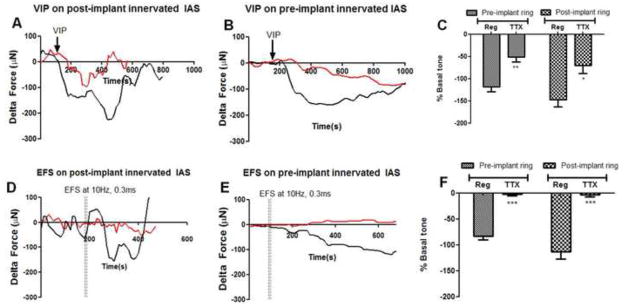Fig. 5. Relaxation of basal tone by VIP and electrical field.
Relaxation and subsequent recovery of basal tone is one of the primary and necessary physiological functions of the IAS. Relaxation of active basal tone is studied by: i) addition of either neurotransmitter VIP (1μM; 5A,B,C) or ii) with electrical field stimulation (5D,E,and F). To evaluate the dual myogenic and neuronal characteristics involved in relaxation of basal tone, force generation was measured in the presence (“TTX,” red trace) or absence (“Reg,” black trace) of TTX. Basal tone was arbitrarily set to zero, to examine the effects of the stimulus. The arrow indicates the point in time after establishment of stable baseline where VIP was added. (A & B): Bioengineered IAS constructs responded to VIP by relaxing rapidly pre- (118 ± 10.8% of basal tone) and post-implantation (147 ± 16%). The magnitude of relaxation is significantly attenuated in the presence of TTX, with the extent of relaxation being 50.84 ± 11.2 %(pre-implant) and 70 ± 18% (post-implant) of active basal tone. IAS constructs recovered basal tone ~700s post VIP stimulation. (D & E): Pre- and post-implant IAS also relaxed rapidly in response to an electric field of 10Hz and 0.3ms on-time, switched on for 10s. The extent of relaxation was between 83 ± 7.2% (pre-implant) and 112 ± 14.5% (post-implantation). The relaxation of the muscle is completely neuronally mediated since TTX abolishes the rapid drop in active basal tone (red traces). Relaxation was quantified as a percentage of active basal tone, and represented as means ± SEM of 6 experiments. (C) VIP, (F) Electrical Field. **P<.01, ***P<.001 compared to regular by Mann-Whitney test.

